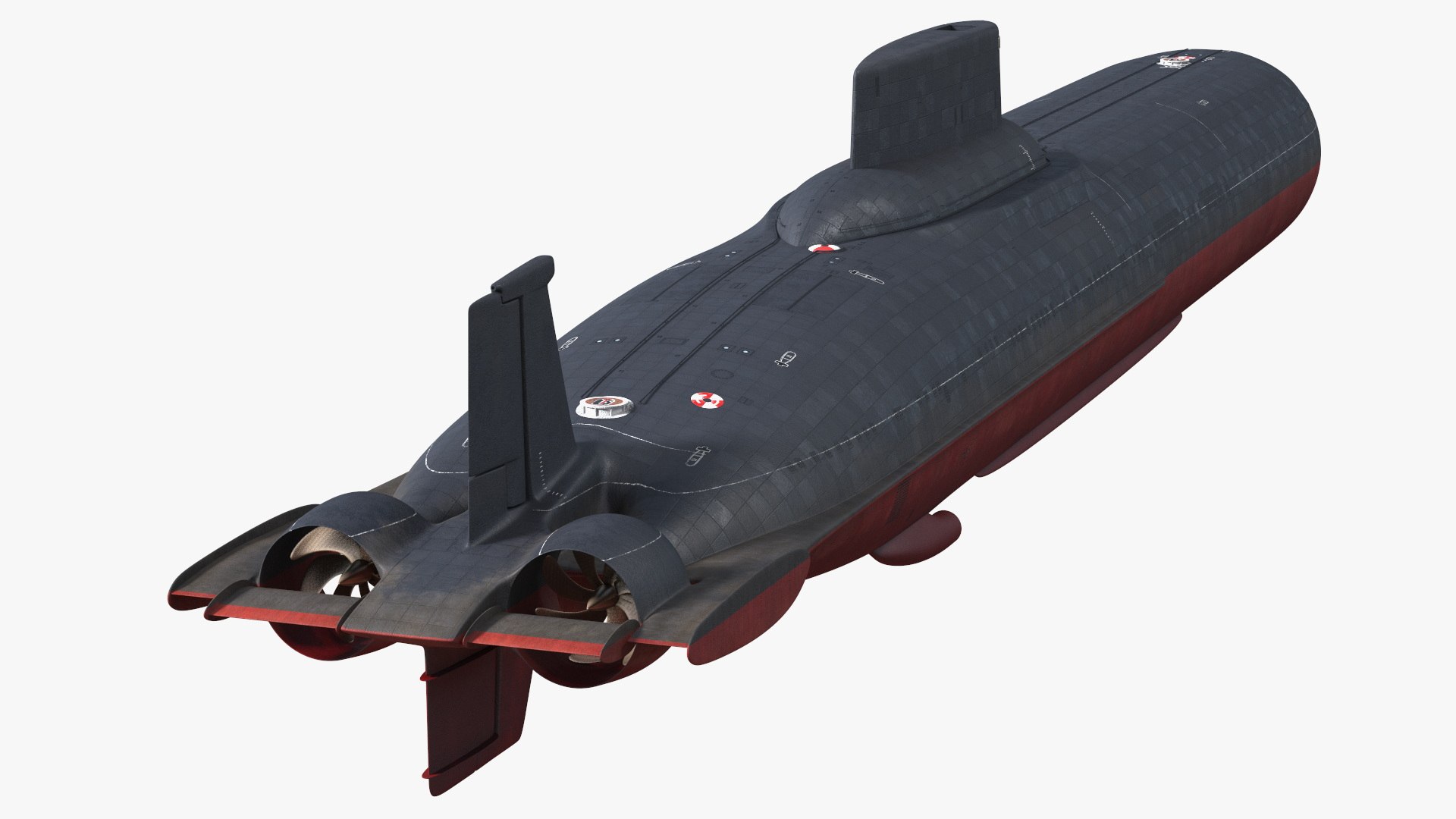Project 941 Akula (Typhoon-class) Submarines: A Comprehensive Overview
Introduction and Designation
The Project 941 submarines, known as Akula (meaning “shark” in Russian), were designated as the Typhoon class by NATO. These submarines were a cornerstone of the Soviet Union’s Cold War strategy, designed to ensure a second-strike capability, a critical component of mutually assured destruction (MAD).
Technical Specifications
With a submerged displacement of 48,000 tons, the Typhoons are the largest submarines ever built. They were constructed with reinforced hulls to operate in Arctic ice-covered waters, enabling them to launch missiles from beneath the ice. The submarines were equipped with two VM-5 PWR reactors and two OK-650 steam turbines, providing the necessary propulsion. Additionally, they featured an extended retractable and steerable bow thruster with 750 kW power, enhancing their maneuverability Naval Technology.
Development and Construction
Designed and built by the Soviet Union at the Severodvinsk Shipyard, the first submarine, Dmitry Donskoy (TK-208), was commissioned in 1981. Initially, 12 submarines were planned, but due to their exorbitant costs, the number was reduced to six. The high expenses, twice the original estimate, significantly impacted the Soviet economy.
Service and Decommissioning
The Typhoons served from the 1980s until 2023, when the last submarine was decommissioned. Their service spanned the Cold War and the post-Cold War era. Post-Soviet era, they continued to serve with the Russian Navy until their decommissioning Wikipedia.
Strategic Role
These submarines were a direct response to the US Navy’s Ohio-class submarines, reflecting the arms race in submarine technology during the Cold War. They were designed for deterrence, capable of carrying multiple ballistic missiles. The advanced facilities to accommodate a crew of 160 enhanced operational readiness.
Legacy and Post-Service
The Typhoons were decommissioned in 2023. The fate of these submarines post-decommissioning is unclear, but possibilities include scrapping or conversion for other uses. The Project 941 Akula submarines were a testament to Cold War-era engineering and strategic deterrence. Their massive size, nuclear power, and ballistic missile capacity made them a symbol of the Soviet Union’s naval prowess. Despite their decommissioning, their legacy as a pinnacle of submarine technology endures National Interest.
Naming and Designation
NATO designated them Typhoons, while the Soviets referred to them as Akula. The name “Typhoon” was reportedly inspired by a comment from Soviet leader Leonid Brezhnev Rare Historical Photos.
Piecing it all together
Looking at the bigger picture, the Project 941 Akula submarines represent a pinnacle in Cold War submarine technology, combining strategic might with advanced living conditions for their crew. Their legacy continues to influence naval architecture and strategic deterrence concepts.


Leave a Reply